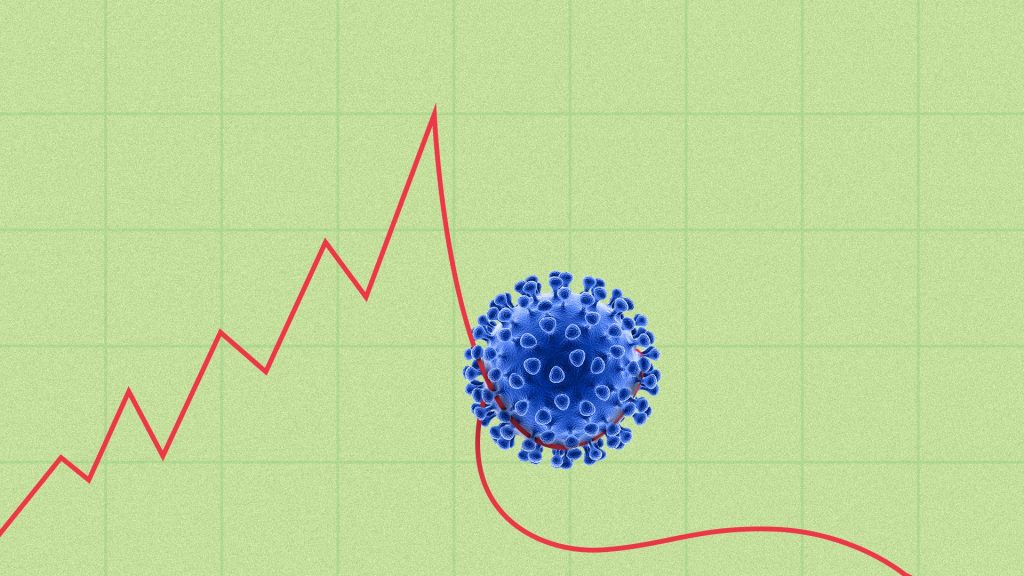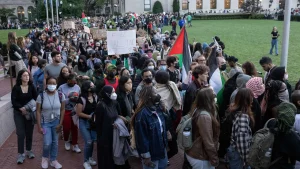This article originally appeared on The Next Recession Blog, January 20, 2021
What is the state of the United States as Biden takes over? The COVID-19 pandemic has reaped huge damage on the lives and livelihoods of millions of Americans. Its impact has been far worse than it might have been for several reasons. First, the US government, just like the other governments, had done nothing to prepare for the COVID-19 pandemic. As previous posts have explained, governments had been warned that pathogens dangerous to human life for which there was no immunity were becoming more prevalent, leading to a wave of epidemics before COVID-19. But most governments did not spend on prevention (research into vaccinations) or on protection (robust health resources and testing and trace systems). On the contrary, governments had been cutting back on health spending, privatising and outsourcing it, and in the case of the US, operating a private health insurance system that left a sizeable minority of Americans with no protection at all, and the rest paying out huge premiums for health cover.
And in the US and other countries, like the UK, Sweden and Brazil, there was an open refusal of governments to recognise the deadly nature of the virus and to take action to save lives. For these governments, keeping businesses going, particularly big business, was more important. This attitude led to late lockdowns and social isolation measures, then ‘light’ lockdowns that did not suppress the spread of the virus ;and then too early relaxations, leading to a revival of the pandemic.
So as Biden takes his oath at the inauguration ceremony, Americans are still faced with near record levels of COVID cases and deaths. At the same time, economic activity and people mobility remains well below pre-pandemic levels. According to the latest Google mobility report, US economic activity is still some 20-25% below where it was this time last year.
Indeed, the economic cost of the pandemic during 2020 has been equivalent to 80% of US 2020 real GDP output, if you take into account the lost GDP, premature deaths, long-term health impairment and mental health.

So the outgoing US government (like many others) failed to save lives and also failed to save livelihoods. And this is particularly the case for the lowest paid, often unable to work from home, forced to work in dangerous conditions or being laid off; and that mainly means, black and other ethnic minorities, women and young people.
Overall, the US economy has shrunk by about 4-5% in 2020. That is the largest contraction since the early 1930s – or 90 years ago! Employment has fallen by over 25m, with millions now on emergency benefits, unemployment benefits or given up. Swathes of American businesses, mainly in the services sector but not just there, have been closed and will not return as the economy recovers (once the vaccinations reach enough Americans).
All the evidence suggests that there has been permanent ‘scarring’ to the economy in employment, investment and incomes. Most studies suggest that the US economy in GDP terms will not return to the levels of 2019 before the end of 2022 at the earliest, and certainly not to the levels that GDP would have reached if there had been no pandemic slump.
So there will be no V-shaped recovery as was hoped – indeed of the major economies globally, only China is achieving that. Instead, there is what I have called a ‘reverse square root’ recovery where output falls but then does not recover to the same trajectory of economic growth that was there before. That output is lost forever, as the forecast for the US from Oxford Economics below shows.
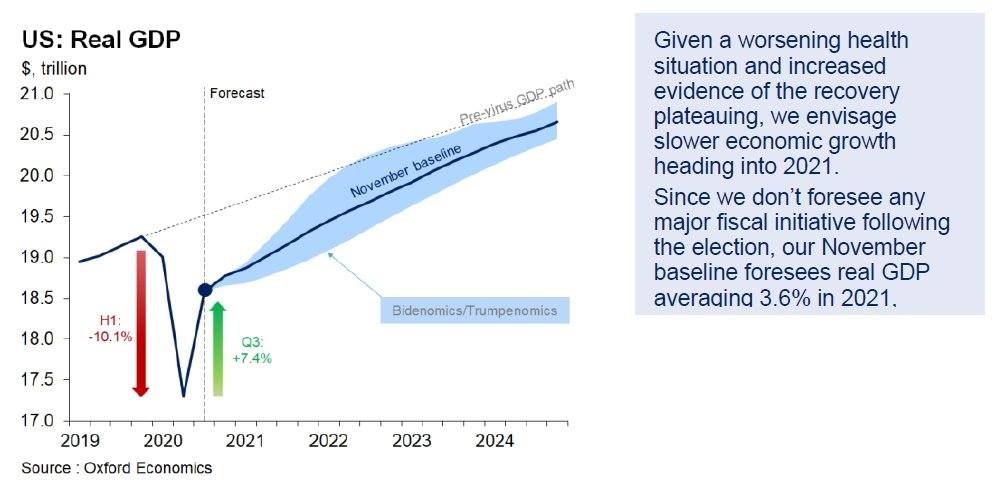
But what about the economic policy actions adopted during the pandemic slump under the Trump administration and those that are planned by Biden during 2021 and beyond? Will they not restore the US economy to ‘business as usual’?
In the last year, there has been the biggest injection in history of credit into the monetary system through Federal Reserve Bank purchases of government and corporate debt and loans to businesses. The Fed’s balance sheet has nearly doubled in one year, to reach nearly 40% of US GDP and is set to rise further this year. Has it saved businesses from bankruptcy? Well, yes to some extent, but mainly the large travel, auto and fossil fuel industries, while many small businesses are going bust.
With interest rates more or less at zero and the Fed pumping yet more credit into the coffers of banks and businesses, will this largesse help to get the US economy going at a fast pace in 2021? Well, the evidence is against it. The history of what is called ‘quantitative easing’ (where it is the quantity of credit money that is injected, not reducing cost of this money in interest, that matters) has proved that it fails to restore the productive sectors of the capitalist economy. As empirical study concluded: “output and inflation, in contrast with some previous studies, show an insignificant impact providing evidence of the limitations of the central bank’s programmes” and “the reason for the negligible economic stimulus of QE is that the money injected funded financial asset price growth more than consumption and investments.” balatti17.pdf (free.fr)
Indeed, what has happened to all these credit injections is that they have been used by banks and big businesses to speculate in the stock and bond markets rather than to pay wages, preserve jobs or raise investment. After the initial panic of the pandemic in March, the US stock market has gone on an unparalleled binge.

It is now at all-time highs and, relative to earnings and productive assets, is at extreme levels. Yet with more Fed support to come, financial markets may well go rolling on up for a while longer. So all monetary policy has done is to keep businesses on life support, while boosting the wealth of the very rich.
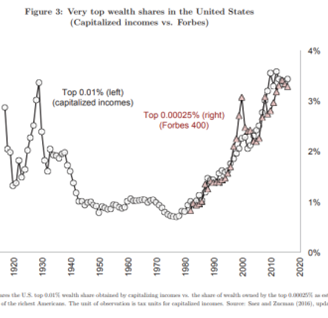
The ineffectiveness of monetary policy to restore the US economy has meant that mainstream economists are “all Keynesians now”. The merits of increased government spending while running ‘emergency’ budget deficits are proclaimed by the IMF, the World Bank, the OECD and of course, the incoming Biden administration. Janet Yellen, the former Federal Reserve chief under Obama, is taking over as Treasury Secretary under Biden. Yellen made it clear in her testimony to US Congress where she stood. “We need to act big” because “economists don’t always agree, but I think there is a consensus now: without further action, we risk a longer, more painful recession now – and long-term scarring of the economy later.”
Thus we have Biden’s new fiscal stimulus package to come in 2021. The main elements of Biden’s stimulus plan include payments to individuals of up to $1,400 each; more aid to state and local governments; the extension of emergency jobless benefits of $400 per week; funds to help schools and universities to reopen; financing of vaccinations, testing and tracing; more child tax credit; and raising the minimum wage.
At first sight this looks big, to use Yellen’s words, taking the total fiscal injection up to 25% of GDP. However, it is not really. First, many of these measures may not get through the US Congress despite the narrow majority that the Democrats now hold. Also, even this level of fiscal support is way short of what is needed keep 25m Americans from destitution or for local governments not to be forced into jobs and spending cuts to ‘balance their books’. Moreover, raising the minimum wage to $15 an hour would still mean that those on the minimum would be well behind average median wage. And Biden is not intending to implement this rise immediately but spread it over time.
Biden also plans a post-pandemic package that he calls “Build Back Better Recovery Plan” which encompasses $2trn in investment stimulus, much tilted towards green initiatives, with a Buy America government procurement, more investment in R&D, and infrastructure. Again, this is spread over the four-year term and adds up to about a maximum of 1% of GDP increase in government investment if fully implemented.
And here is the rub. On average, government investment to GDP in most major capitalist economies is about 3% of GDP, while capitalist investment is around 20% of GDP on average. So a revival of investment, growth and jobs in a capitalist economy ultimately depends on capitalist, not government, investment. Sure, Biden’s investment plan will ‘spill over’ into the capitalist sector, but not by much. Most recent studies show that the ‘multiplier effect’ of government spending on real GDP growth is no more than 1% point, and on average half that. So Biden’s plan would likely add, at best,1% point to the US growth, more likely half that. Given that the average growth rate of the US economy has been little more than 2% a year before COVID and even less per capita, then the Biden investment plan is not going to do much to achieve sustained and higher real GDP and employment growth over the next four years.
The problem is that the capitalist sector of the US economy is very reluctant to invest and the principal reason is that the profitability of such investment is so low. Indeed, the rate of profit of US capital is at a post-1945 low.
Sure, we hear all about the huge profits made by the likes of Amazon, Google, Netflix and the big banks during the 2020 pandemic slump, but the profits of the FAANGS are the exception to the rule. Total corporate profits (after government handouts are removed) have dropped by some 30%. And according to Bloomberg, in the US, almost 200 big corporations have joined the ranks of so-called ‘zombie’ firms since the onset of the pandemic. They now account for 20% of the top 3000 largest publicly-traded companies, with debts of $1.36 trillion. That means 527 of the 3000 companies didn’t earn enough to meet their interest payments! So there remains a significant risk of a credit crunch and financial crash down the road, perhaps in 2021, when the Fed largesse is curtailed.
And then there is the debate about the size of the public debt and inflation. US public sector debt has rocketed during the pandemic to over 110% of US GDP.
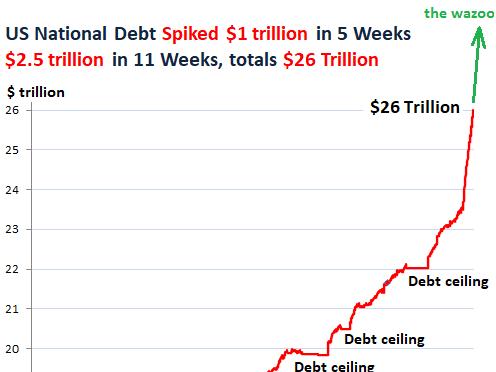
Now the current consensus view is that 1) governments have no alternative to spend more and run up their debt levels, otherwise there will be no recovery after the pandemic; and 2) it does not matter if debt levels rise because the cost of servicing those debts (interest) is really low and as real GDP recovers, government revenues will rise, emergency spending will taper off, and the cost of debt servicing will be manageable. The economy can grow its way out of the debt burden as it did after WW2.
There is no doubt that net interest on government debt is very low historically, only slightly more than 1% of GDP a year compared to a GDP growth rate of 2-3% a year ahead. But some mainstream studies are less sanguine. The Peterson Institute argues that those “who believe that rates will almost certainly not rise are too confident in their own views. The forces that have contributed to lower rates are universally difficult to predict, and, as noted above, even modest changes in rates can produce sizable movements in net interest as a share of the economy in the future” (Fiscal resiliency in a deeply uncertain world: The role of semiautonomous discretion | PIIE).
As the above table shows, just a 50bp rise in average interest costs on government debt would take interest costs above the likely growth rate. Moreover, if the average repayment term on government bonds falls (and it is falling), then the government would soon enter the territory of expanding debt to pay the cost and repayment of existing debt or alternatively have to make significant cuts in government spending, such as on medicare, social security or most likely, on so-called ‘discretionary spending’ like education, public services etc. It may be the debate on whether austerity is necessary or not may have been kicked down the road like the proverbial can. But the can is still on the surface of the road.
Of course, the suggestion that the US government will eventually need to stop running budget deficits and deal with rising debt has been strongly rejected by exponents of Modern Monetary Theory. MMT supporters argue that Biden can and should run permanent budget deficits until full employment is reached. There is no need to finance these annual deficits by issuing more government bonds. Because the government controls the unit of account, the dollar, which everybody must use, the Federal Reserve can just ‘print’ dollars to fund the deficits as the Treasury requires. Full employment and growth will follow.
I have discussed in detail the flaws in the MMT argument in other posts, but the key concern here is that government spending, however financed, may not achieve the necessary investment and employment increases. That’s because MMT does not take the decision-making on investment and jobs out of the hands of the capitalist sector. The bulk of investment and employment remains under the control of capitalism, not the state. And as I have argued above, that depends on the expected profitability of capital.
Let me repeat the words of Michael Pettis, a firm Keynesian economist: “the bottom line is this: if the government can spend additional funds in ways that make GDP grow faster than debt, politicians don’t have to worry about runaway inflation or the piling up of debt. But if this money isn’t used productively, the opposite is true.” That’s because “creating or borrowing money does not increase a country’s wealth unless doing so results directly or indirectly in an increase in productive investment…If US companies are reluctant to invest not because the cost of capital is high but rather because expected profitability is low, they are unlikely to respond ….by investing more.”
In a major slump, businesses go to the wall, unemployment rises and investment in means of production stops. Total profits fall, but the conditions have been created for a rise in the rate of profit as costs fall and the strong devour the weak. Joseph Schumpeter of the Austrian school of economists called this ‘creative destruction’, following Marx who argued that slumps eventually provide the environment for rising profitability and expansion – thus we get the cycle of boom, slump and boom.
The pandemic slump of 2020 matches that of the 1930s, so it should eventually provide a boost to profitability. But it required a world war to end the Great Depression of the 1930s. And if the Fed goes on ploughing credit into businesses to prop up the ‘zombies’ at the expense of productive investment, then the US economy under Biden will just return to the low growth, low investment, low wage growth economy of the last ten years since the Great Recession.
And if disillusionment in Biden’s policies rises, that could lay the political base for the return of something like Trumpism, which according to the Donald is “just beginning.”


